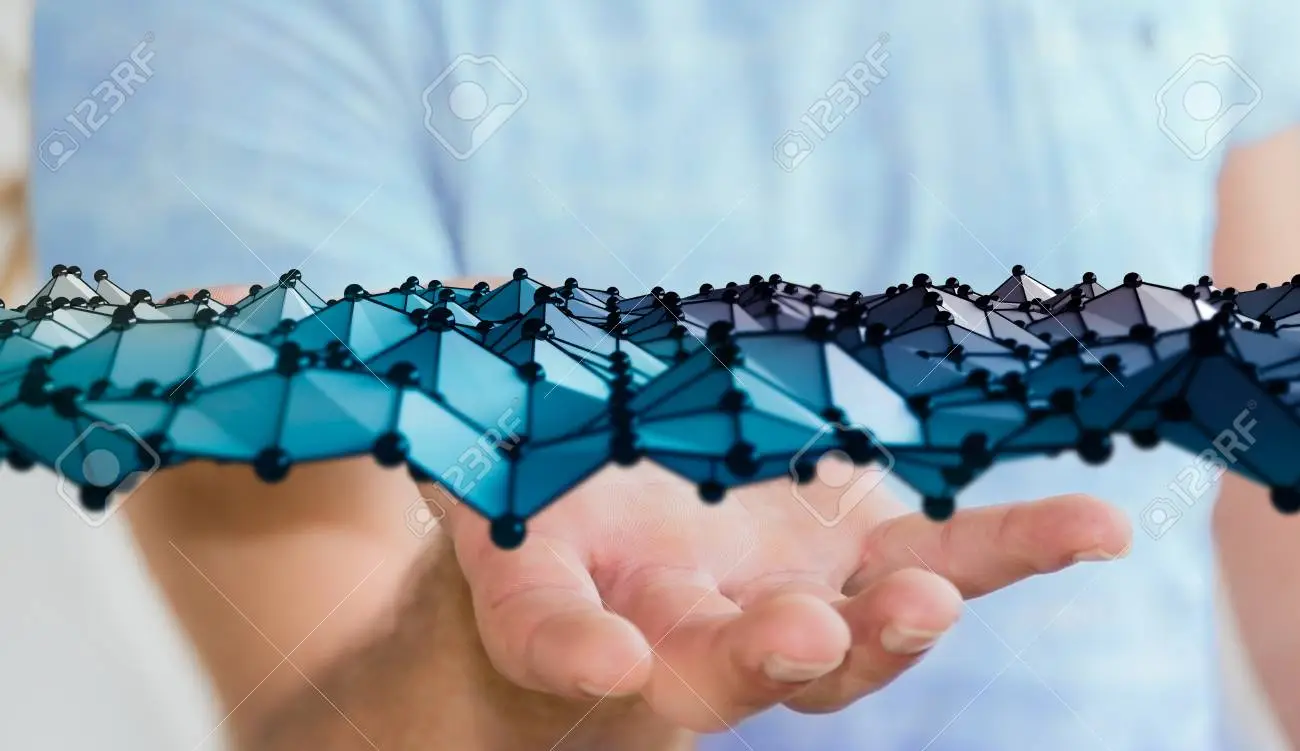Introduction
Innovations in polymer science have continually pushed the boundaries of what is possible in the automotive industry. One such breakthrough is the emergence of vitrimers, a class of polymers that exhibit unique properties such as impact resistance and self-repair capabilities. With their exceptional versatility and performance, vitrimers are revolutionizing the manufacturing of car parts, leading to safer and more durable vehicles on the roads. In this article, we will explore how vitrimers are utilized in the automotive sector, focusing on their application in impact-resistant materials and self-repairing car parts.
Self-Repairing Cars
Imagine a scenario where a car bumper sustains minor damage from a low-speed collision. With vitrimer-based polymers, the bumper could autonomously repair itself, ensuring the component’s structural integrity and aesthetics. Self-repairing vitrimer car parts not only improve vehicle longevity but also reduce maintenance costs and the environmental impact of manufacturing new parts.
This is an exciting application of smart vitrimers in the automotive sector is the development of self-repairing car parts. In traditional manufacturing, repairing or replacing damaged car components can be time-consuming and expensive. Vitrimers offer a promising solution by introducing autonomous repair capabilities directly into the material itself.
The key behind self-repairing vitrimer-based car parts lies in their dynamic nature. When exposed to heat or other external stimuli, the vitrimer bonds become more mobile, allowing the material to flow and regain its original shape. This property enables small cracks or scratches in the material to self-heal, effectively eliminating the need for manual repairs.
In traditional manufacturing, repairing or replacing damaged car components can be time-consuming and expensive. Vitrimers offer a promising solution by introducing autonomous repair capabilities directly into the material itself

When it comes to automotive safety, impact resistance is of paramount importance. Traditional materials, such as metals thermosets, composites epoxy Vitrimers: A and thermoplastics, have long been used to enhance crashworthiness. However, they often suffer from permanent deformation or fracture upon impact, compromising passenger safety. Vitrimers offer a game-changing solution to this problem.
Vitrimers possess a unique characteristic known as “dynamic bonds.” These bonds enable the polymer structure to reconfigure and dissipate energy upon impact, thus minimizing damage. As a result, vitrimer-based materials have the ability to absorb and disperse impact forces, improving passenger protection during accidents.
One notable application of vitrimers in impact-resistant materials is in automotive body panels. These panels, typically made of composites or polymers, are vulnerable to dents and fractures during collisions. By incorporating vitrimer materials, car manufacturers can create body panels that exhibit enhanced impact resistance, reducing the likelihood of severe damage.
Challenges and Future Directions
While the potential of vitrimers in the automotive sector is promising, there are still challenges to overcome. The cost of manufacturing vitrimer-based materials remains relatively high compared to conventional alternatives, limiting their widespread adoption. However, ongoing research and advancements in production techniques may address this concern in the future.
Moreover, the long-term durability of vitrimers in demanding automotive environments is still being investigated. Extensive testing and validation are necessary to ensure the performance and reliability of vitrimer-based car parts under various operating conditions.
Conclusion
Vitrimers are revolutionizing the automotive sector by providing impact-resistant materials and self-repairing capabilities for car parts. The dynamic nature of vitrimers allows them to absorb impact forces, enhancing passenger safety during accidents. Additionally, self-repairing vitrimer materials offer a cost-effective and eco-friendly solution by autonomously healing minor damages. While challenges exist, ongoing research and development are expected to drive the widespread adoption of vitrimers in the automotive industry, resulting in safer, more durable, and environmentally sustainable vehicles on the road.



